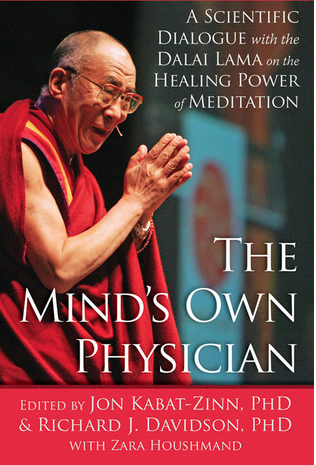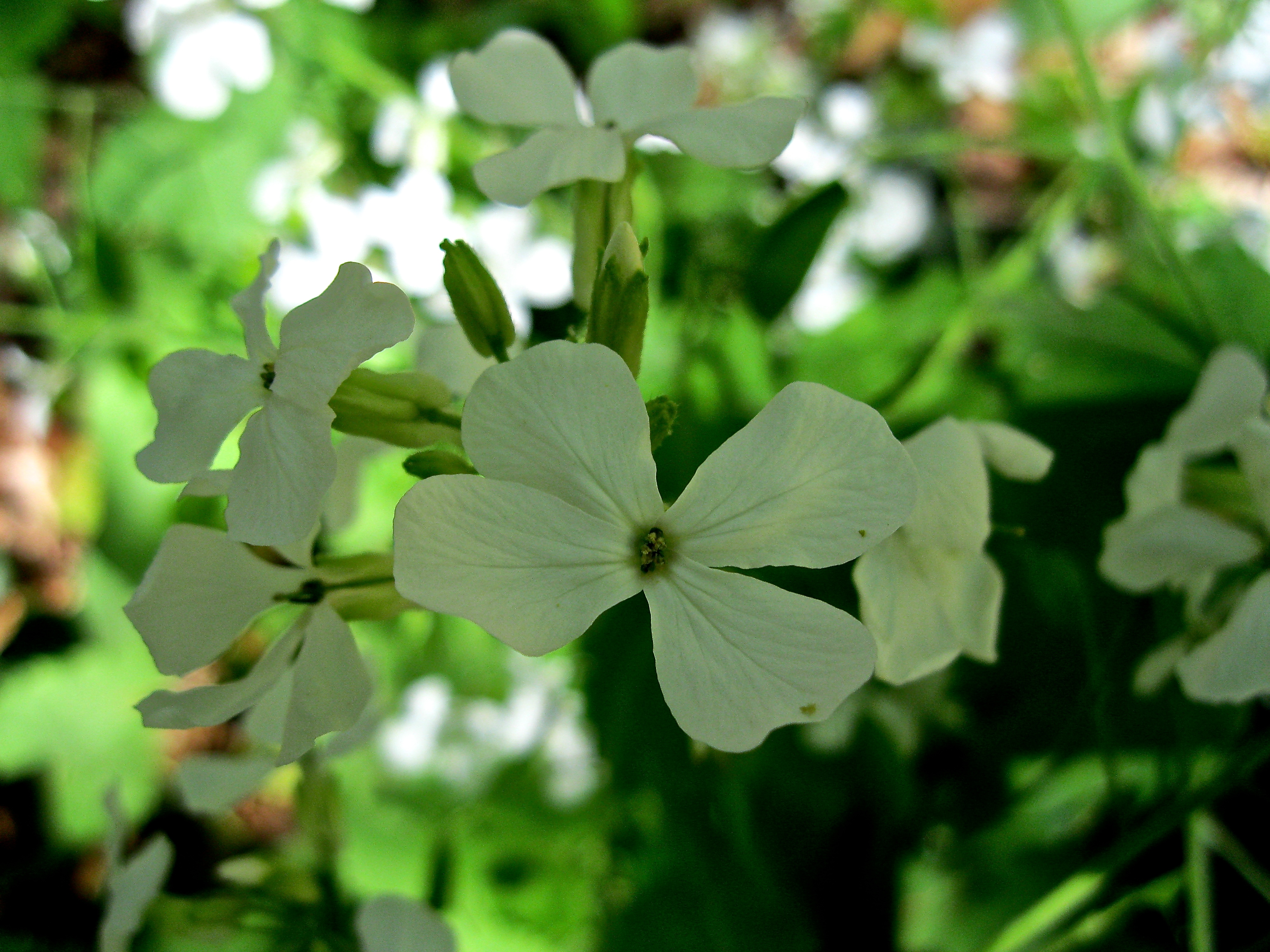5 Conditions for Writing and Meditation, Part One
In the third chapter of Matthieu Ricard’s Why Meditate?, after talking about motivation, he offers 5 conditions that are conducive to a meditation practice. A bit like gathering supplies before beginning. I thought it might be helpful to write about each of these as it relates to writing—and perhaps to writing and meditation. 1. The advice of a qualified guide. This makes a lot of sense. Since I’ve been writing, I’ve been turning to teachers—both in books and face-to-face. This idea of not having to reinvent the wheel or start from scratch or wander in the dark—but to follow someone who knows more. While Ricard says that a living master is best, it can also be good to follow someone who simply knows more than us—and that the next best thing is a text. Better a reliable text, he says, than simply following a teacher who has idiosyncratic ideas. This is wonderful permission for those of us who learn well from books and texts. I think I have learned as much from books about writing as I have from face-to-face teachers, though both have been extremely valuable. Sometimes when I’m reading, and especially if I’m concentrating well, it’s as if the teacher becomes alive and present to me—almost as if they were teaching me face to face. I think this may be one of the reasons I like books so much. My guides in writing that I’ve met only through books have been Peter Elbow and Anton Chekhov and Mary Oliver and WB Yeats and Robert Frost and Natalie Goldberg and John Gardner, among others. One of my guides right now in meditation, and whom I have also not met, is Matthieu Ricard—and this text, Why Meditate? 2. A suitable place. Ricard writes: “You don’t try to learn the basics of navigation in the thick of a storm; you learn them in good weather on a calm sea.” Again, this makes perfect sense. Now, with my children moving toward grown, my daughter’s bedroom has become my office—my own calm sea. Pale gray walls. A daybed for guests (and for my daughter—it is still her room when she visits—we’re sharing it). A window that looks out on a corner of the back yard. A large white raft of a desk. When the children were young my calm sea was in the basement, or sometimes at the dining room table while they were napping or watching Sesame Street. I agree that it’s helpful to have a particular place, whether it’s a room or a table or a particular chair. The way writing or meditation or both can become a habit there—and the way the body can begin to associate a particular place with an activity. The body like a child, learning. This is where I write. Or, This is where I meditate. 3. An appropriate physical posture. This one makes sense, in theory. But for me this is still a growing edge—I’m working on it. Meditation begins by getting settled in a particular posture. There are a lot of guides for this and Ricard includes the 7 points of a good meditation posture in his chapter—what one should do with one’s legs, hands, shoulders, spine, and so forth. I’m better at remembering posture before meditation than I am before writing. But...
read more


